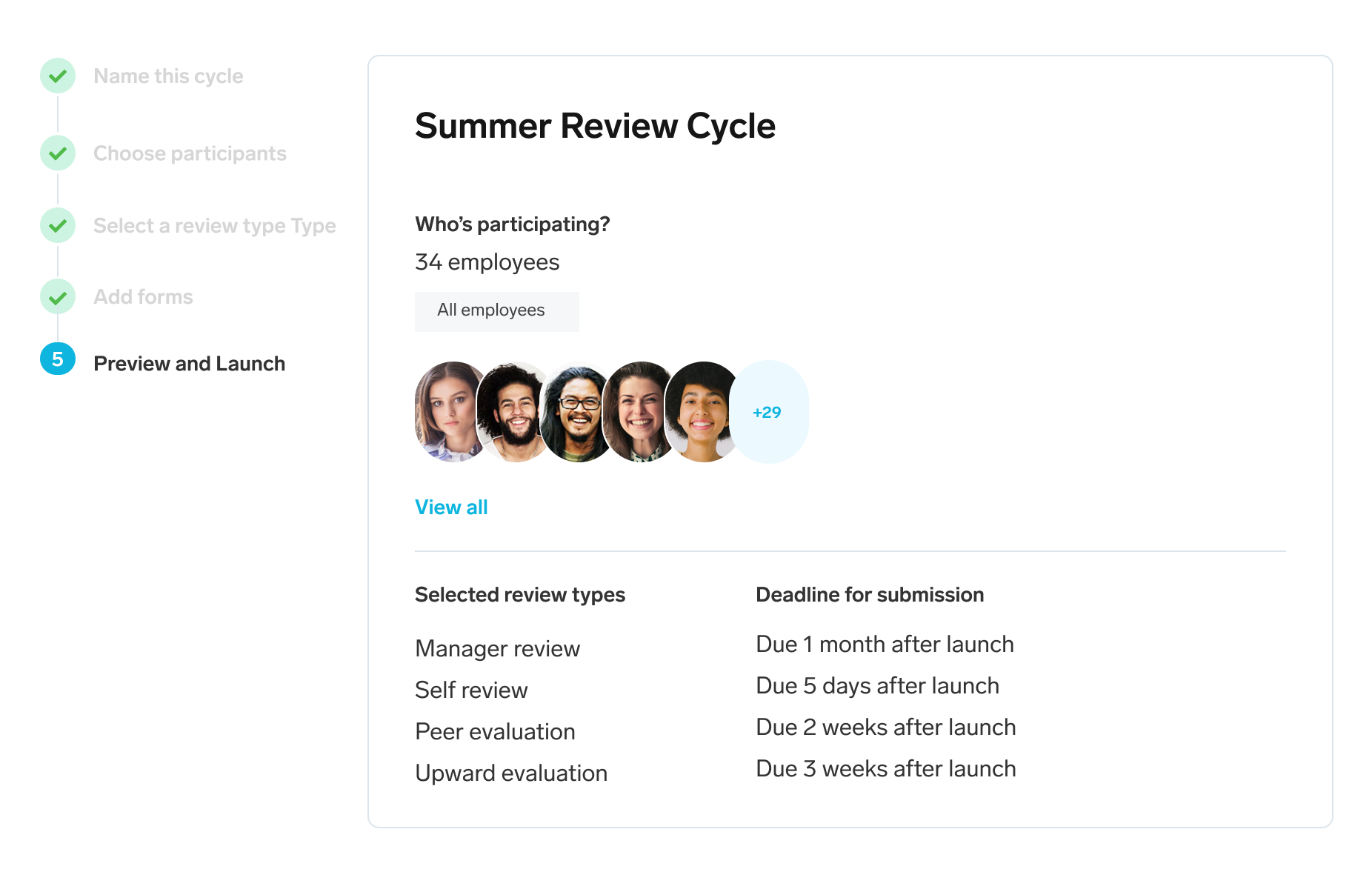What are the main working styles?
The way we navigate work tasks and interactions is deeply influenced by our unique working styles. These styles are often subconscious, but they hold the key to fostering productivity, enhancing quality collaboration and ultimately driving organisational success.
In this guide, we look at each working style and how it can shape our actions and impact team dynamics. We also look at the key ways HR professionals can translate their understanding of working styles to build better training initiatives.
Key facts
Understanding working styles helps guide effective team interactions and problem solving.
Identifying your working style requires self reflection. Each working style presents different strengths and challenges.
HR can take steps to help employees identify their working style and build training initiatives that maximise employee talents.
What is a working style?
A working style is how a person tackles tasks and projects. Working styles typically fall into four unique types: idea oriented, logical, detail oriented and supportive.
Understanding the importance of working styles
A working style encompasses personality traits, attitudes and actions at work. Your style influences your responses to challenges, approaches to problem solving and team interactions.
While you likely are influenced by more than one working style, your primary working style can help determine which environments help you thrive.
Understanding working styles will enhance individual strengths, elevating productivity and success. This knowledge will also help recognise individual biases that need to be overcome.
You can use awareness of working styles to adapt to diverse approaches, improving teamwork. Understanding how others approach work enhances collaboration and ultimately contributes to organisational success.
Some roles can also benefit from specific working styles that align with the position. Understanding working styles can help guide career paths and foster employee engagement.
The four types of working styles
There are four different types of working styles that shape how individuals approach tasks, interactions, and challenges. It is unlikely that any person gravitates to only one working style, but most people find they have a primary working style that guides their behaviour.
Each offers unique strengths and weaknesses…
1. Idea oriented
Idea oriented individuals are creative and visionary. They thrive on innovation and are skilled at generating novel ideas. They inspire others with their enthusiasm and forward looking perspectives.
Idea oriented individuals might struggle with the implementation of detailed plans because they lose steam when not engaged in creative thinking. Keeping focus on the big idea does help them remain resilient in the face of project obstacles.
Four common traits of idea oriented individuals:
Ambitious
Influential
Visionary
Resilient
Jobs that suit idea oriented individuals:
Marketing Director
Entrepreneur
Creative Director
2. Logical
Logical individuals possess a strong analytical mindset. They are quick to analyse problems and take direct action to resolve them. Their straightforward approach enables them to remain focused on goals and execute tasks efficiently. They value challenges and are adept at finding solutions.
These individuals thrive in structured environments that demand data-driven decisions and clear objectives. As strong individual contributors, they sometimes forget to keep others in the loop about their actions or plans.
Four common traits of logical individuals:
Methodical
Analytical
Goal-oriented
Focused
Jobs that suit logical individuals include:
Financial Analyst
Project Manager
Engineer
3. Detail oriented
Detail oriented individuals are meticulous and systematic. They thrive in structured environments that demand attention to specifics. They possess excellent organisational skills and contribute to a team's stability by ensuring accuracy and order.
While detail oriented individuals excel at planning, their cautious approach might slow down execution. Their need for thoroughness can sometimes result in delays when completing tasks.
Four common traits of detail oriented individuals:
Organised
Diligent
Careful
Reliable
Jobs that suit detail oriented individuals include:
Accountant
Quality Control Specialist
Research Scientist
4. Supportive
Individuals with a supportive work style are empathetic and people oriented. They excel in fostering relationships and creating harmonious team dynamics. Collaboration and effective communication are their strengths. They understand the emotions of team members, enabling them to mediate conflicts and maintain a positive work environment.
Supportive individuals sometimes let their empathy turn into a desire to please others. When this happens, they can lose sight of the overall project goal in favour of keeping everyone happy. Their preference for consensus can also delay decision making.
Four common traits of supportive individuals:
Emotionally intelligent
Diplomatic
Sociable
Helpful
Jobs that suit supportive individuals include:
Human Resources Manager
Social Worker
Team Leader
Build automated performance cycles with Personio

Personio's all-in-one HR software can help your organisation seamlessly run automated performance cycles. Build cycles, add relevant employees, build out templates for self-evaluations and run your cycle. Let us show you how it works.
See how it worksHow to determine working styles
Identifying your working style can be tricky. It takes self reflection and honesty to sort out what drives you. Fitting into only one working style is uncommon, so keep in mind that you may fall between two.
Use these tips to uncover your individual working style.
Evaluate how you communicate and resolve conflict
The way we communicate has a large impact on our working style. For instance, detail oriented individuals may prefer written communication where they can fully lay out their thoughts. Idea oriented individuals, meanwhile, are often enthusiastic to share their vision and like discussing things in person to aid their brainstorming process.
Similar to communication preferences, how we prefer to resolve conflicts says a lot about our working style. A person with a logical working style might enjoy debating the merits of an argument. Meanwhile, a supportive person might be more interested in quickly finding the middle ground that supports everyone.
Think about how you like to fit in on a team
What type of role do you most enjoy taking on?
If you like getting the ball rolling by identifying a strategic goal or initiating a project, but then leave the details to your team, you probably have an idea oriented working style.
If you like to build a strategy and take on several of the task assignments yourself, then you probably have a logical working style.
If you like to talk through the project with all team members and ensure everyone works together, then you probably have a supportive working style.
If you like to put together complicated reports, check the numbers or proofread for errors, then you probably have a detail-oriented work style.
Analyse how you approach your work day
The way you tackle tasks and design your ideal work day says a lot about your working style. For example, if you prefer lots of opportunities to collaborate with others, you may have a supportive or idea oriented working style. By contrast, if you like to sweat the details on your own, then you likely gravitate to a logical or detail oriented working style.
Try tracking the time you dedicate to different work tasks. If you find yourself struggling to focus or taking more time than others to complete a task, it may be that the task does not align with your working style. Meanwhile, if time flies while you’re working on another task, that’s a good sign it aligns with your preferences.
Consider a personality assessment
Sometimes it can be difficult to conduct the dedicated self reflection that identifies your preferred working style. A good step to help you learn more about yourself is to take a personality test.
Personality tests are not an entire measure of your working style, but they can help you narrow in on what motivates you.
A few well regarded personality tests include:
DISC Assessment
Myers-Briggs Type Indicator
SHL Occupational Personality Questionnaire
Big Five Personality Traits
Requirements for implementing working styles
Human resources can help employees align their work with their working style. A few ways they can help include:
Creating a flexible work environment that accommodates various working preferences. Options like remote work, flexible hours, and adjustable workspaces to cater to different styles, allow employees to perform at their best.
Conduct working style assessments to help employees recognise their strengths and preferences.
Encourage open communication between employees and their line managers. This enables them to openly discuss their preferred ways of working, collaborate on finding solutions, and create a supportive work environment.
Provide clear and specific goals and expectations. When employees know what's expected of them, they can tailor their approach to align their working style with business goals.
Offer training and development programs that cater to various working styles. This ensures employees can enhance their skills in ways that resonate with their preferences.
Build diverse teams that encompass various working styles. This allows employees to learn from each other, leverage complementary strengths, and find common ground in collaborative efforts.
Assign mentors or coaches who can guide employees in aligning their work with their working styles. These mentors can provide valuable insights and strategies for maximising individual strengths.
Recognise and reward employees for aligning their work with their styles. This acknowledges their efforts and motivates them to continue adapting their approach for optimal results.
Regularly assess strategy effectiveness. Solicit feedback from employees about how well initiatives are supporting their alignment with their working styles, and make adjustments as needed.
The bottom line on working styles
There is no one working style that succeeds above others. By understanding working styles, we are better equipped to maximise individual contributions and build collaborative teams.
Armed with this knowledge, HR managers and employees can fine-tune their approaches, fostering an environment where everyone thrives.
Are you ready to help your employees develop their working style? Stay on top of training and development initiatives with Personio’s performance management software.
Working styles FAQ
What are the four working styles?
The four types of working styles are:
Idea oriented
Logical
Detail oriented
Supportive
What steps can HR managers take to encourage collaboration among employees with different working styles?
HR managers and leaders can help encourage collaboration with the following steps:
Help employees identify their working style. Once employees recognise what drives them and their colleagues, they will be better equipped to work as a team.
Set your team vision. Focus on each person’s strengths and make sure they understand their role on the team.
Give the right person the right job. Let your logical employees strategise the project steps, while detail oriented employees run the numbers. Idea oriented employees are great for brainstorming new approaches, while supportive employees can run meetings.
Blend working styles. A team full of idea oriented people will have great ideas, but no one on that team is going to thrive analysing the project budget. Each working style brings unique strengths and it is vital to build a team that mixes different types.
What are examples of working styles?
Each working style brings unique traits:
Idea oriented | Focused on the big picture and innovation, but not ideal for repetitive analysis. |
Logical | Strategy wizards who can visualise all the necessary steps in a project, but can struggle to let go of control. |
Detail oriented | Ready to crunch the numbers or edit reports with precision, but can slow down progress because they don’t want to move forward until every detail is sorted. |
Supportive | Excellent meeting leads and peacemakers on the team, but can seek consensus at the expense of other goals. |
